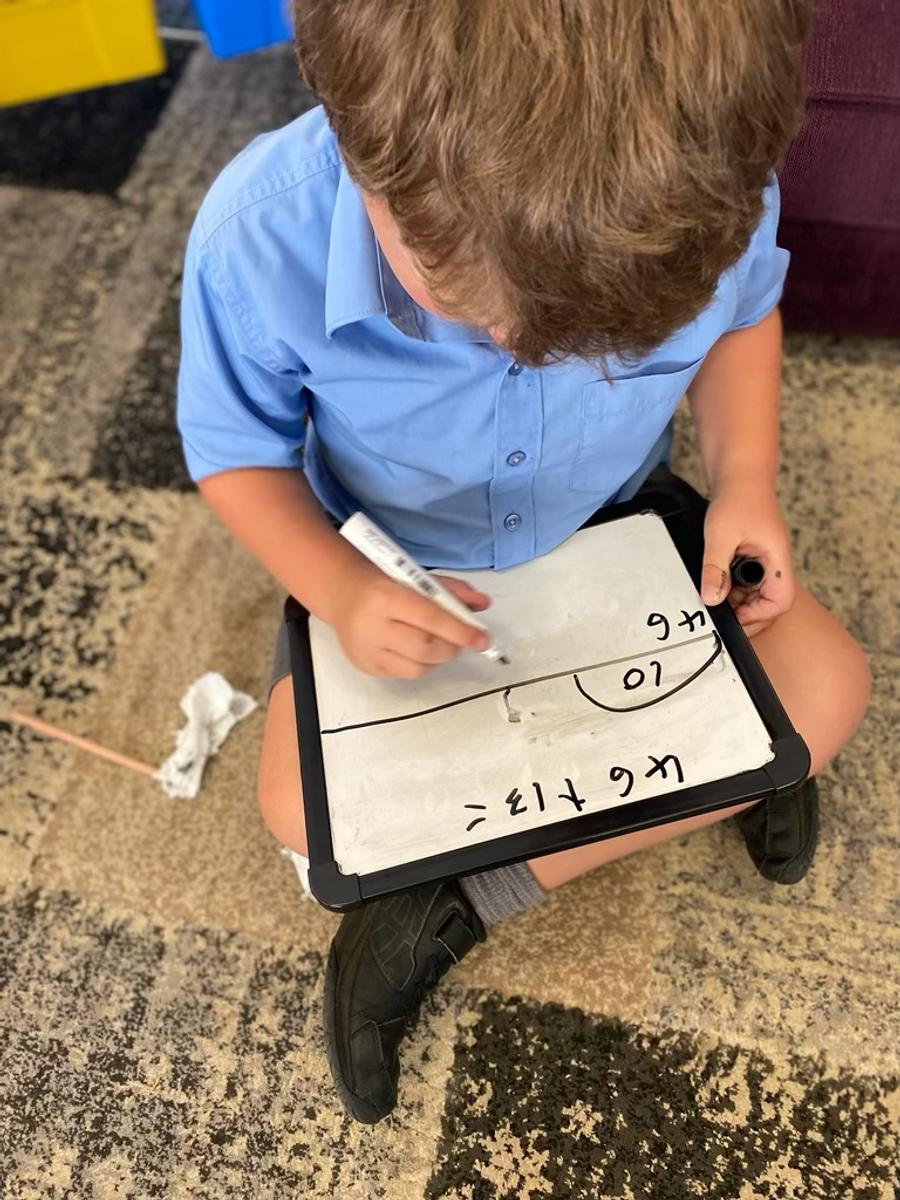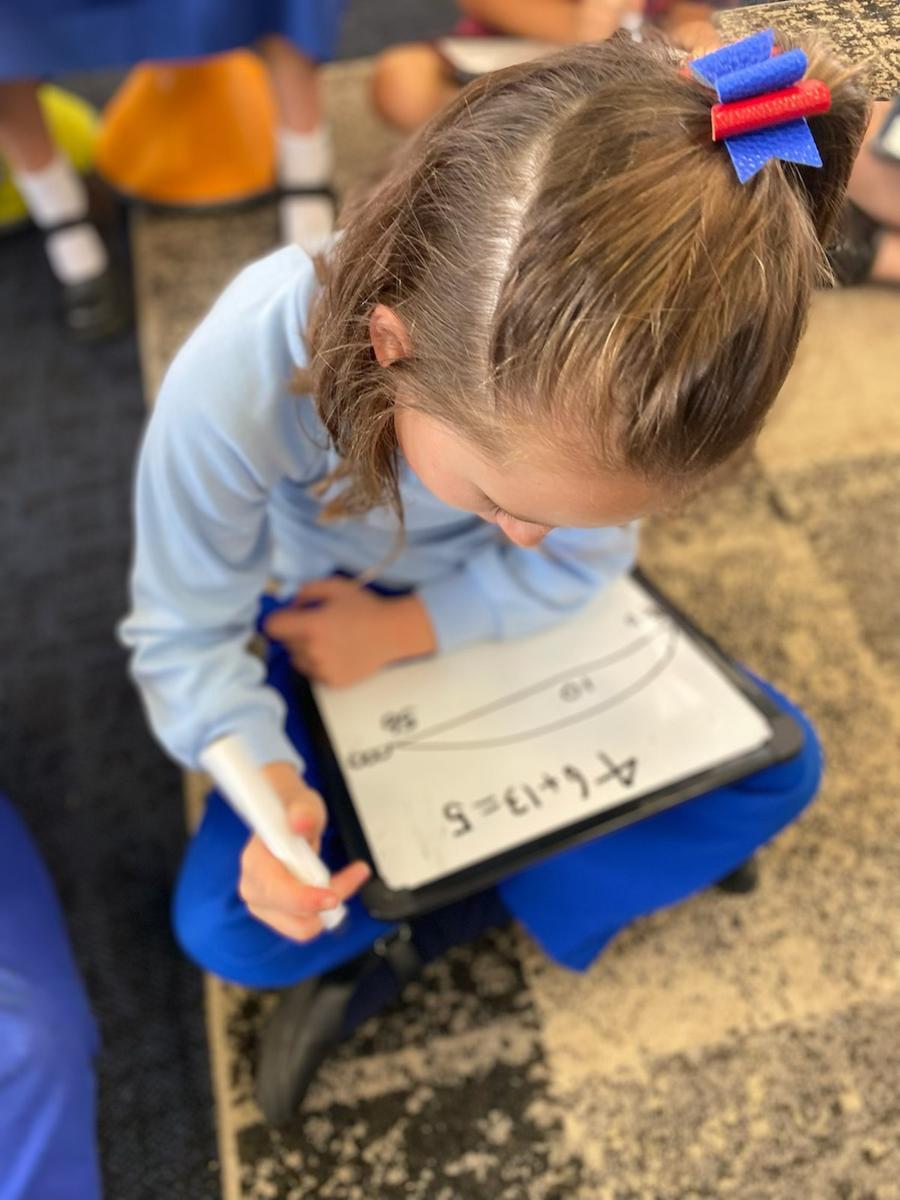Mathematics Improvement Project

Mathematics - MaST Project
In Stage 1, students develop a range of strategies to aid quick recall of number facts and to solve addition problems. They should be encouraged to explain their strategies and to invent ways of recording their actions. It is also important to discuss the merits of various strategies in terms of practicality and efficiency.
Jump strategy on a number line – an addition or subtraction strategy in which the student places the first number on an empty number line and then counts forward or backwards, first by tens and then by ones, to perform a calculation. (The number of jumps will reduce with increased understanding.)
Jump strategy method: eg 46 + 33
Split strategy – an addition strategy in which the student separates the tens from the units and adds or subtracts each separately before combining to obtain the final answer. (It is important that students say 40 plus 30 NOT 4 plus 3 in the example below- understanding that it is 4 tens is most important)
Split strategy method: eg 46 + 33
46+33=40+6+30+3
=40+30+6+3
=70+9
=79
TIPS FOR PARENTS: Promote and encourage mental strategies for adding numbers. Ask children to add the totals of the numerals of the number plate in front of you when driving, adding small amounts when shopping, etc.
Parents sometimes wonder why we teach their children addition strategies. “Why not just memorise the facts?”
Here’s some reasons why:
- Learning strategies makes addition facts less overwhelming. Instead of memorising every addition fact individually, all it takes is some simple strategies.
- Focusing on strategies is more efficient. Children learn the facts much more quickly–and remember them much better–when they use strategies to find the answers.
- Children develop confidence in their math skills as they realise that math is for understanding, not just memorising.
Think of addition strategies as stepping-stones. Stepping stones aren’t there for you to stay teetering on; they are there to help get you across the creek.





